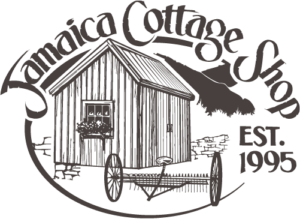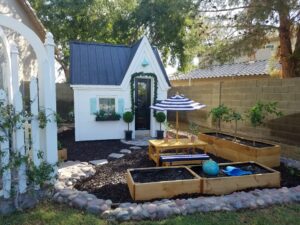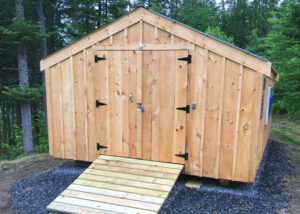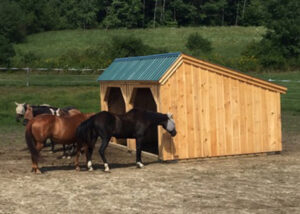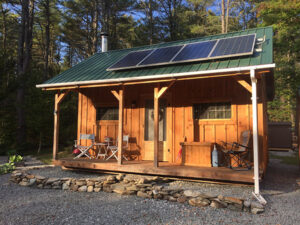Most home buyers are generally young people in their early thirties. Millennials are the first generation to put sustainability first. The building techniques used in newer homes demonstrate how. Therefore, energy efficiency is at the top of their list of must-haves. Additionally, Millennials are aware of the fact that energy-efficient houses are more comfortable and safer for their families. Pair that with higher market value and this building style makes a whole lot of sense. We have tips to show you how to build your home as energy-efficient as possible. Read on to find out more!
Passivhaus and Efficient Design
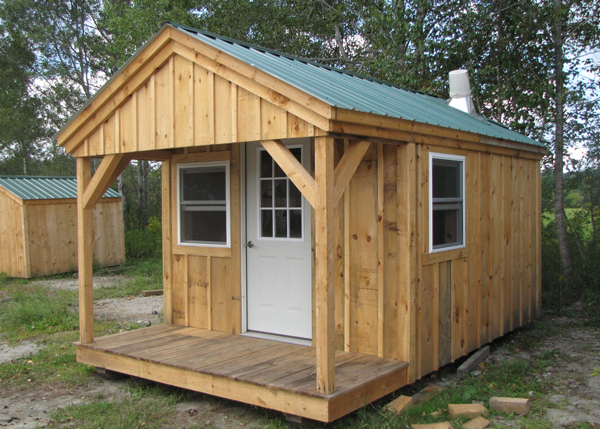
‘Passivhaus’ is a phrase you may have encountered when looking into energy-efficient homebuilding technologies. The Passivhaus Standard, developed in Germany in the early 1990s, encourages design that reduces energy consumption of dwellings. To dramatically reduce energy consumption prioritizing the design process instead of fancy renewable energy devices is key. The emphasis is on altering the way we construct the home. Thinking about methods to drastically reduce air leakage, eliminate thermal bridges, boost insulation, and make effective use of windows throughout the design stage is beneficial.
Even if you don’t have the money for Passivhaus certification, you may still try to adhere to its principles. Using triple-glazed windows helps achieve this. Building an airtight house will go a long way toward reducing energy consumption. Four-Season Kits come with Insulation and Vapor Barrier. Alternate insulation options include these top-notch insulation products which combine insulation, vapor, radiant, and air barrier protection. A well-insulated home ensures you don’t waste as much energy to heat or cool your home throughout the year.
Consider the Climate
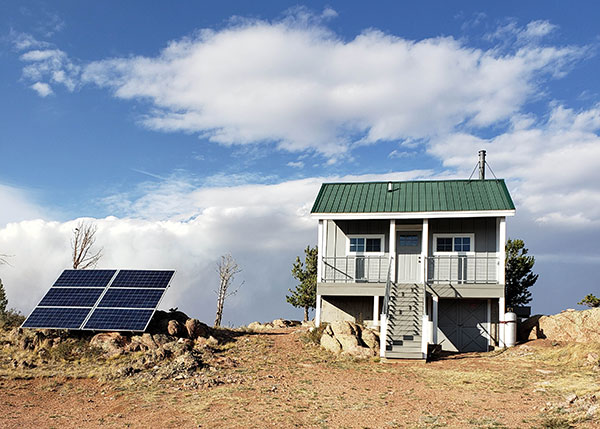
When building an energy-efficient home learning all there is to know about the weather conditions at your building location is important. Sun, wind, and light are all factors to consider. These factors will help you make an informed choice on the orientation of your house. When it comes to the sun, know where the sun sets and rises so you can determine the best position for your future home. In addition, keep an eye out for any existing or potential barriers that could obstruct passive solar gain on the site. For example, nearby tall trees or other houses will block sunshine from reaching your home. If you want to go the extra mile, you might want to invest in a windmill. This will allow you to generate power on your own if the conditions allow for it.
The predominant sky conditions throughout the year: overcast, clear, or partly cloudy, should also be taken into consideration. This information will come in handy when deciding how to illuminate the inside of your house for ultimate energy efficiency. It is possible to reduce your electrical consumption and reliance on artificial lighting by taking advantage of natural light.
Smart Home Devices
Making an energy-efficient house efficient by incorporating smart home products can save you money on energy bills in the long run. Though these products are often more expensive, they are a long-term investment. Furthermore, they will also improve the safety of your house. Typical smart home items for an energy-efficient house include motion sensors, light-bulbs, and programmable thermostats. A smart device that will make your home a more safe space, while also making it more efficient is a CO2 alarm. There are also other air-quality devices on the market.
Solar Panels
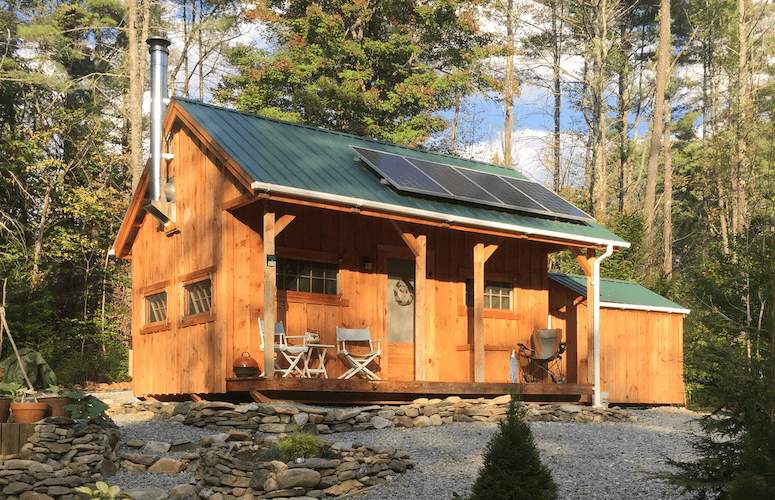
Using a solar panel system might have a huge impact on your property. The cells in some more modern panels operate without the need for direct exposure to sunlight, which is something you can further look into. This implies that even on overcast days, you could produce some power to operate common appliances and lights in your home. Though they’re not a cheap investment, solar panels may save you money looking forward. In some locations, if you’re lucky enough to create more power than you consume, you might be able to sell it back to the utility company.
Have a Garden
If your site is large enough you may design a lovely garden. Starting a garden at home, whether it’s an outside plot or merely an interior herb garden, has several sustainability-related advantages. Because of their ability to absorb carbon dioxide and other air contaminants, plants are very efficient and natural air filters. As a trade-off they provide us with cleaner and fresher air. Plants will also minimize soil erosion at your site. Furthermore, healthy ecosystems are powered by pollinators like bees. You can help pollinator-friendly plants and flowers thrive in your garden even if you only plant a few square feet of them in your yard. On the other hand, the value of your property may be greatly increased by a well-designed garden. Homes with strategic landscaping sell more quickly because of the increased curb appeal, improved air quality, and increased biodiversity.

